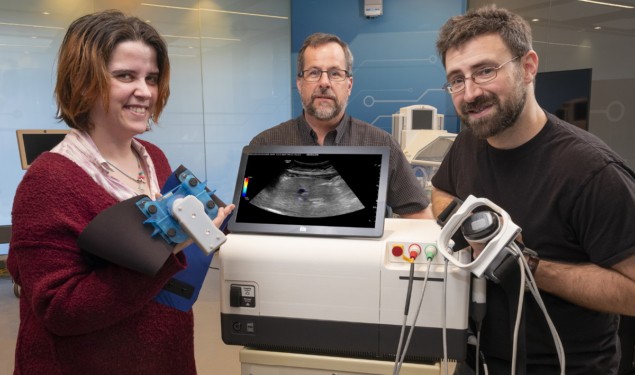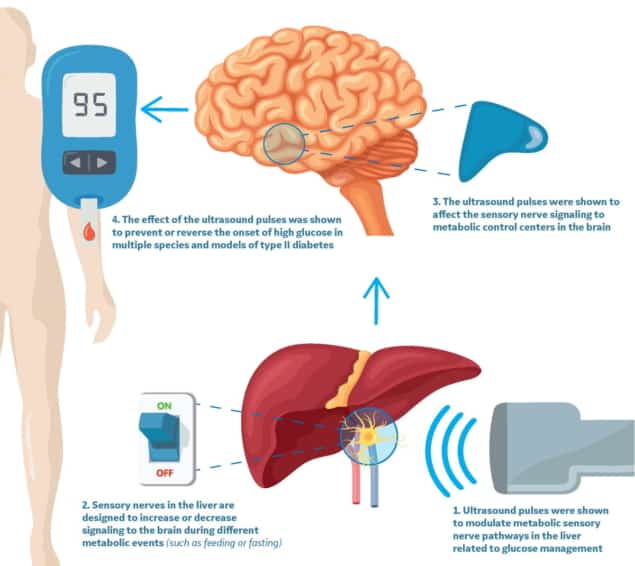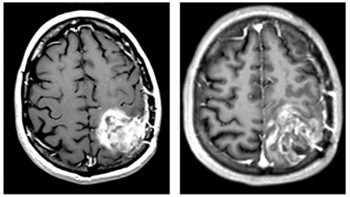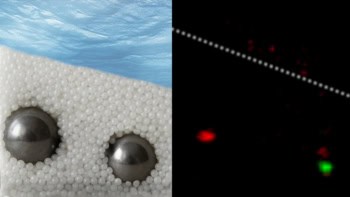
Ultrasound neuromodulation can prevent the onset of hyperglycaemia or reverse type 2 diabetes in laboratory mice, rats and pigs, according to new research published in Nature Biomedical Engineering.
A multi-institutional team of scientists used peripheral focused ultrasound (pFUS) to stimulate the nerves controlling the hepatic portal system (which returns blood from the digestive tract and spleen to the liver), both neuronal liver–brain pathways. The team observed enhanced insulin sensitivity, glucose uptake and energy substrate utilization. The stimulation improved whole-body glucose homoeostasis, specifically the stability of maintaining blood sugar towards healthy normal levels.
“The use of ultrasound could be a game-changer in how bioelectronic medicine, the use of electronic devices to modulate a body’s nervous system, is used and applied to disease, such as type 2 diabetes,” comments Christopher Puleo of GE Research. “Non-pharmaceutical and device-based methods to augment or replace the current drug-treatments may add a therapeutic choice for physicians and patients in the future.”
This milestone research was a multi-year collaborative effort by engineers and scientists at GE Research, the DiCarlo Lab of UCLA Samueli School of Engineering, the Shin Lab of Albany Medical College, the Chavan and Zanos labs at Feinstein Institutes for Medical Research of Northwell Health, and the Herzog Lab at Yale School of Medicine. “The research begins to mechanistically bridge short- and long-term physiological and metabolic effects of neuromodulation, a missing link in how we understand, optimize and deploy clinically neuromodulation therapies,” comments co-author Stavros Zanos.
The study’s objective was to determine if and how image-targeted pulsed ultrasound could modulate peripheral neurometabolic pathways. The researchers first examined Zucker diabetic fatty (ZDF) and diet-induced obesity rodent models of type 2 diabetes. Each animal underwent image-guided localization and marking of the porta hepatis (the anatomical location of the hepatoportal nerve plexus). The team then directed non-invasive pFUS at the porta hepatis, performing 3 min ultrasound treatments once daily, to modulate neurons within the hepatoportal plexus.
The ultrasound was delivered using a 1.1 MHz pFUS stimulation probe that generated ultrasonic stimulus with 200 mV per pulse, 150 burst cycles and a 500 µs burst period. The team also delivered sham treatments to control animals, which received all steps of the treatment except for activation of the pFUS transducer.

When pFUS was performed daily on ZDF rats for 40 days, the treatment prevented the onset of hyperglycaemia (high blood glucose), attenuated hyperinsulinemia (excess levels of insulin in the blood) compared with sham-treated controls, and maintained blood glucose at levels comparable to non-diabetic rats. After 20 days of treatment, the researchers interchanged a subset of treated and sham rats. pFUS decreased circulating glucose in the severely hyperglycaemic animals that were previous sham controls. Three days after pFUS stopped, the group that had received treatment began to develop hyperglycaemia.
The team observed similar results in the diet-induced obesity models, including reduced blood glucose, with normal levels sustained for at least five weeks following treatment. “The pFUS stimulation was effective with both genetic and diet-induced models of type 2 diabetes,” says co-principal investigator Victoria Cotero, of GE Research.
The researchers performed similar treatments on mice and miniature pigs, showing the pFUS effect on glucose tolerance and glucose utilization, and are continuing the pre-clinical research. “We are still determining the frequency of treatments needed to maintain the reversal of diabetes under different stimulation parameters,” comments GE Research’s Jeffrey Ashe.

Focused ultrasound shows promise for treating Parkinson’s disease
A human clinical pilot study to evaluate the effect of hepatic ultrasound on whole-body insulin sensitivity and tolerability in individuals with type 2 diabetes has just been completed. After fasting for 10 hr, participants received a 15 min pFUS treatment targeting the porta hepatis for three consecutive days.
Sponsored by GE Research, the study aimed to evaluate the effect of liver ultrasound treatment on changes from baseline in whole-body insulin sensitivity, glucose intolerance and insulin secretion, to evaluate the impact on glucose metabolism, and to test safety and tolerability. The researchers are currently preparing the findings for publication.



